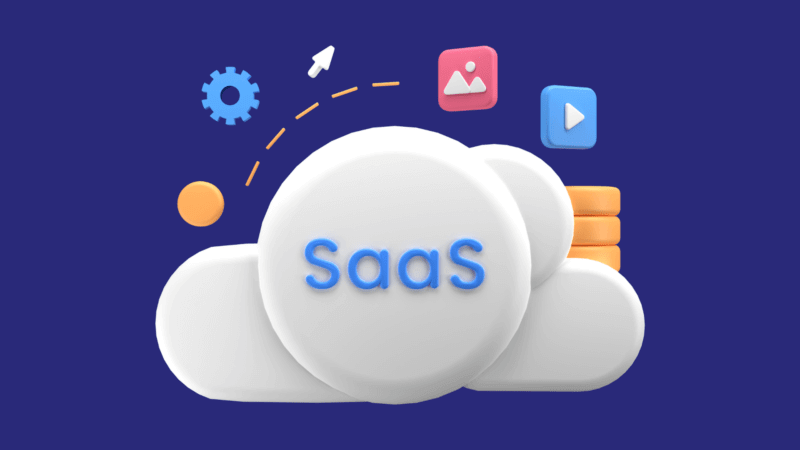If you don’t have an effective onboarding process many customers will abandon your SaaS product before they’ve had the chance to really see what it can do for them. What’s more, the quality of your onboarding process sets the tone for ongoing relationships with your customers and therefore has a knock on effect on customer retention. Retaining customers is a key factor in profitability, so we’ve looked at the best practice for implementing a successful onboarding process, covering all aspects from the sign-up form to the moment customers achieve initial success with your product.
Download our guide to attracting more users for your SaaS business
Streamline Your Signup Form
At this stage, you don’t need to know everything about a customer – that can come later. Over-complicating the form with unnecessary questions will only act as a barrier to customer signup. Instead, streamline your signup form to just the essentials so your customer can get started as soon as possible.
Welcome Email
Firstly, make sure your customers are expecting an email by notifying them just after signup. This could be in the form of an inline thank message that reads something like: “Thank you for signing up to our service. You will receive an email shortly to get you started”. Best practice dictates that when compiling your email, you should use a single, clear CTA directing the customer into your application.
Within the content, consider using future-orientated language throughout the email that suggests to the customer you’re a trustworthy, long-term partner. For example: “We look forward to working with you” or “your journey starts here”.
First Login Experience
As you build the elements of an effective onboarding process, the customer journey may feel disjointed because different elements might have been put together by different teams. To make sure all the dots join up, it’s a good idea to run through the immediate login experience yourself, to map the customer journey and to see what’s missing. For example, it may be a good idea to have a welcome message set up with a few basic instructions. This way, new customers aren’t overwhelmed by the complexity of your interface. After this, a product tutorial, or similar, should be on hand to guide them through the basics and direct them to areas of immediate importance, such as the support documentation and data importation tool.
Getting Customers Familiar with your Application
It’s essential to educate customers during the onboarding process. Failing to deliver support could have dramatic consequences. For example, according to Totango, 75% of potential SaaS customers leave during the free trial period – a worrying statistic conderising SaaS capital found that a 1% difference in churn rate can impact a company’s valuation by 12% 5 years on.
When considering the platform you want to use, feel free to be inventive. Instead of providing a simple “Getting Started” PDF, consider more interactive elements, such as a product tutorial or introductory video. Whichever you go with, make sure it’s as un-intrusive as possible by allowing customers to skip if they wish. The more comprehensive this introductory element is, the less likely trial users are to drop out of your trial or fall back on your support team – freeing up their time to focus on existing customers.
No matter how good your introductory element may be, this shouldn’t replace support documentation. Educational, up-to-date resources are helpful at any customer lifecycle stage, but arguably more so in the onboarding process. They allow the user to download information and go through it at their own pace, something that may be difficult with videos or product tutorials. And finally, make sure they are stored in a clearly visible and relevant part of your website.
Go the Extra Mile
While most of the above should be sufficient, there are always things you can do to make your onboarding process easier. For example, check-up calls are a great way to establish stronger relationships with your customers, as well as obtain feedback to improve your onboarding process for future customers.
To perform at your best, you need to optimise engagement at every stage of your customer journey. Before onboarding new customers, you first need to get them. For inspiration, download our ‘How to Attract More Users’ guide for SaaS companies.




